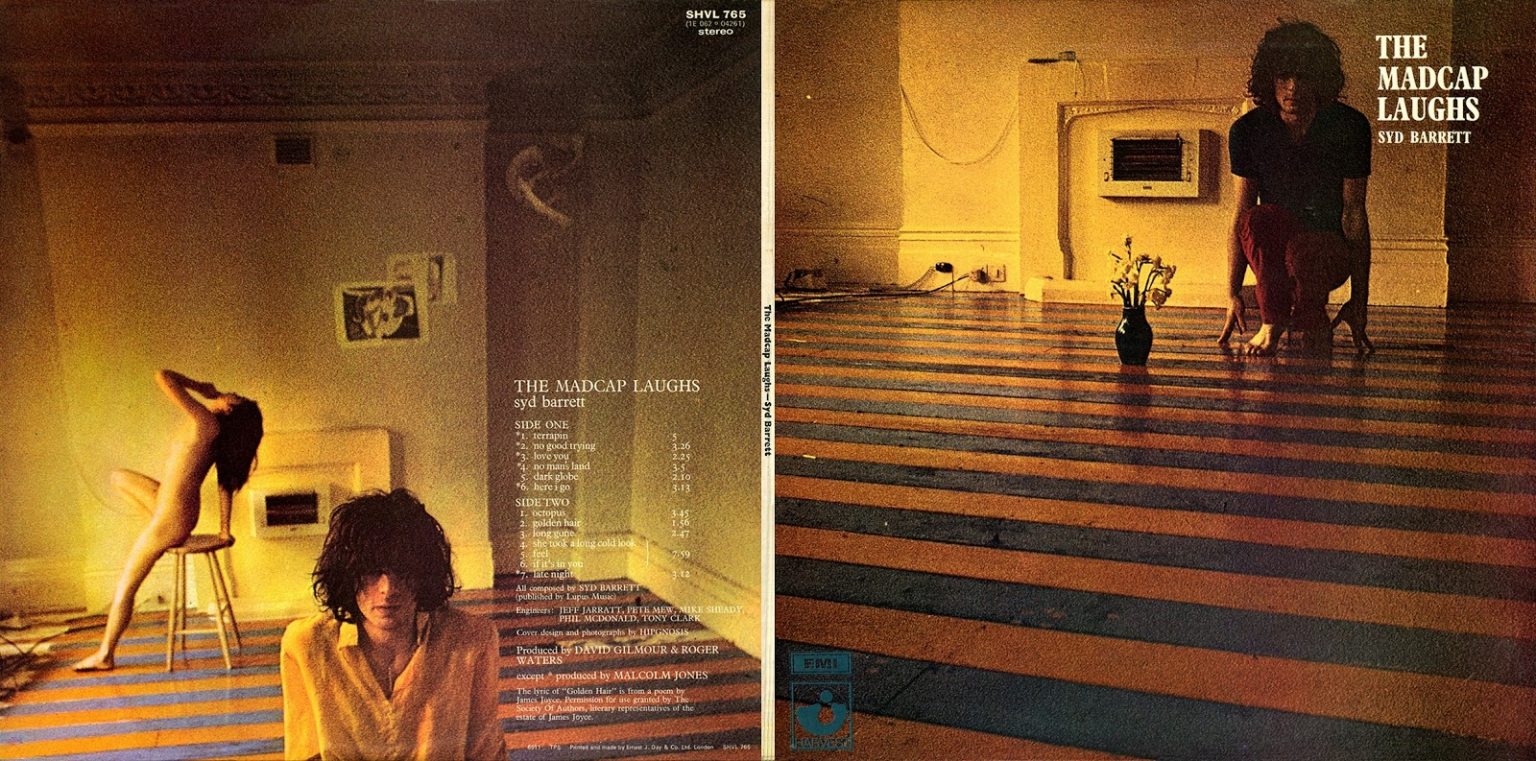

However, his mental state had deteriorated further and the material he presented to the band was largely unworkable. Soon Barrett was no longer able to perform live but the group had hoped he would remain as their primary songwriter and lead vocalist for studio tracks. This led to the group adding Gilmour as a fifth member to pick up the slack on guitar and vocals in late 1967. When it was finally released at the beginning of 1970, the album was more of a curiosity that a solid rock effort and it found minimal commercial success in the UK.įollowing the release and success of Pink Floyd’s debut album The Piper At the Gates of Dawn, Barrett started to display counter-productive, erratic behavior. Beginning in April 1968, the album was recorded in stages and five different producers were employed, including then-current Pink Floyd members David Gilmour and Roger Waters. But for that misstep, however, The Madcap Laughs is a surprisingly effective record that holds up better than its "ooh, lookit the scary crazy person" reputation suggests.After his tumultuous exit from Pink Floyd, Composer, guitarist, and vocalist Syd Barrett spent several years working on his debut solo album, The Madcap Laughs. The album falls apart with the appalling "Feel." Frankly, the inclusion of false starts and studio chatter, not to mention some simply horrible off-key singing by Barrett, makes this already marginal track feel disgustingly exploitative. Honestly, however, the other solo tracks are the album's weakest tracks, with the exception of the plain gorgeous "Golden Hair," a musical setting of a James Joyce poem that's simply spellbinding. The solo tracks are what made the album's reputation, though, particularly the horrifying "Dark Globe," a first-person portrait of schizophrenia that's seemingly the most self-aware song this normally whimsical songwriter ever created.

Like many of the "band" tracks, "Here I Go" is a Barrett solo performance with overdubs by Mike Ratledge, Hugh Hopper, and Robert Wyatt of the Soft Machine the combination doesn't always particularly work, as the Softs' jazzy, improvisational style is hemmed in by having to follow Barrett's predetermined lead, so on several tracks, like "No Good Trying," they content themselves with simply making weird noises in the background. The downright Kinksy "Here I Go" is in the same style, although it's both more lyrically direct and musically freaky, speeding up and slowing down seemingly at random. The much bouncier "Love You" sounds like a sunny little Carnaby Street pop song along the lines of an early Move single, complete with music hall piano, until the listener tries to parse the lyrics and realizes that they make no sense at all. The opening "Terrapin" seems to go on three times as long as its five-minute length, creating a hypnotic effect through Barrett's simple, repetitive guitar figure and stream of consciousness lyrics. Surprisingly, Jones' tracks are song for song much stronger than the more-lauded Floyd entries. Half the album was recorded by Barrett's former bandmates Roger Waters and Dave Gilmour, and the other half by Harvest Records head Malcolm Jones. Wisely, The Madcap Laughs doesn't even try to sound like a consistent record.


 0 kommentar(er)
0 kommentar(er)
